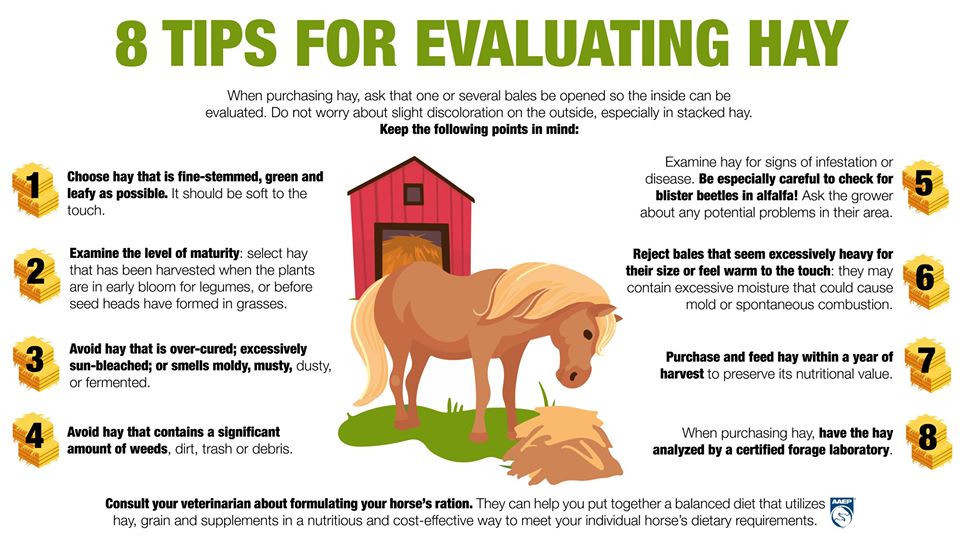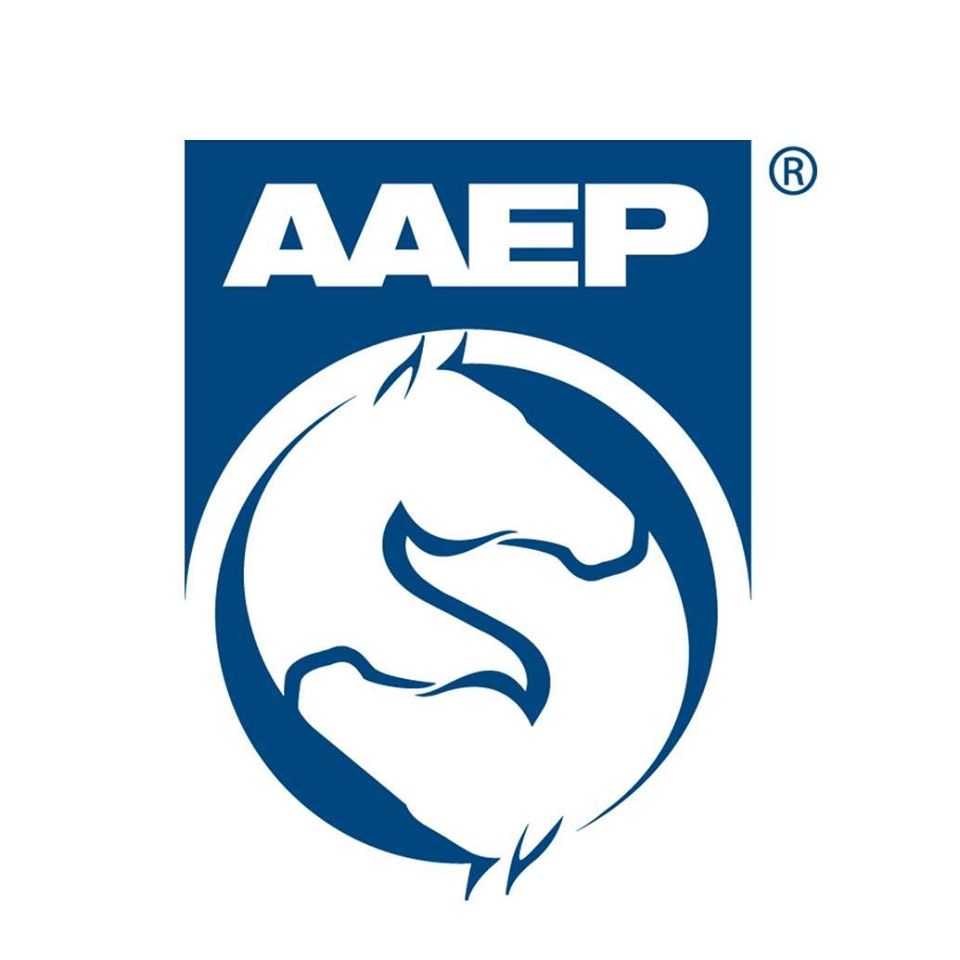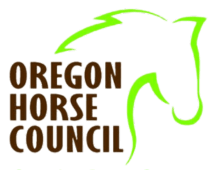Horse are herbivores by design and foragers by nature. As such, they have evolved to utilize grasses and other forage plants as their primary source of nutrition.
Horses are most content when they can nibble almost constantly. Though it’s not always possible to let them graze to their heart’s content, feeding high-quality hay is a good way to satisfy their urge to chew and provide essential nutrients at the same time.
A mature horse will eat 2-2.5% of its body weight per day; roughage should contribute to at least half of this percentage. For a 1,000-pound horse, that means at least 10 pounds of hay each day.
Not all horses are made equal, so a horse’s total protein and energy requirements will ultimately depend on the individual’s age, stage of development, metabolism and workload.
When purchasing hay, you should evaluate how it looks, smells, and feels. However, remember that no matter how good hay may look, its actual nutrient content can only be determined through chemical analysis; a forage laboratory can determine the percentage of dry matter (DM), crude protein (CP), crude fiber (CF), and minerals including calcium, phosphorous, potassium and magnesium.
Consult your veterinarian for more information on formulating a balanced and cost-effective diet that meets your individual horse’s dietary requirements!
For more horse health resources, visit our website at aaep.org



